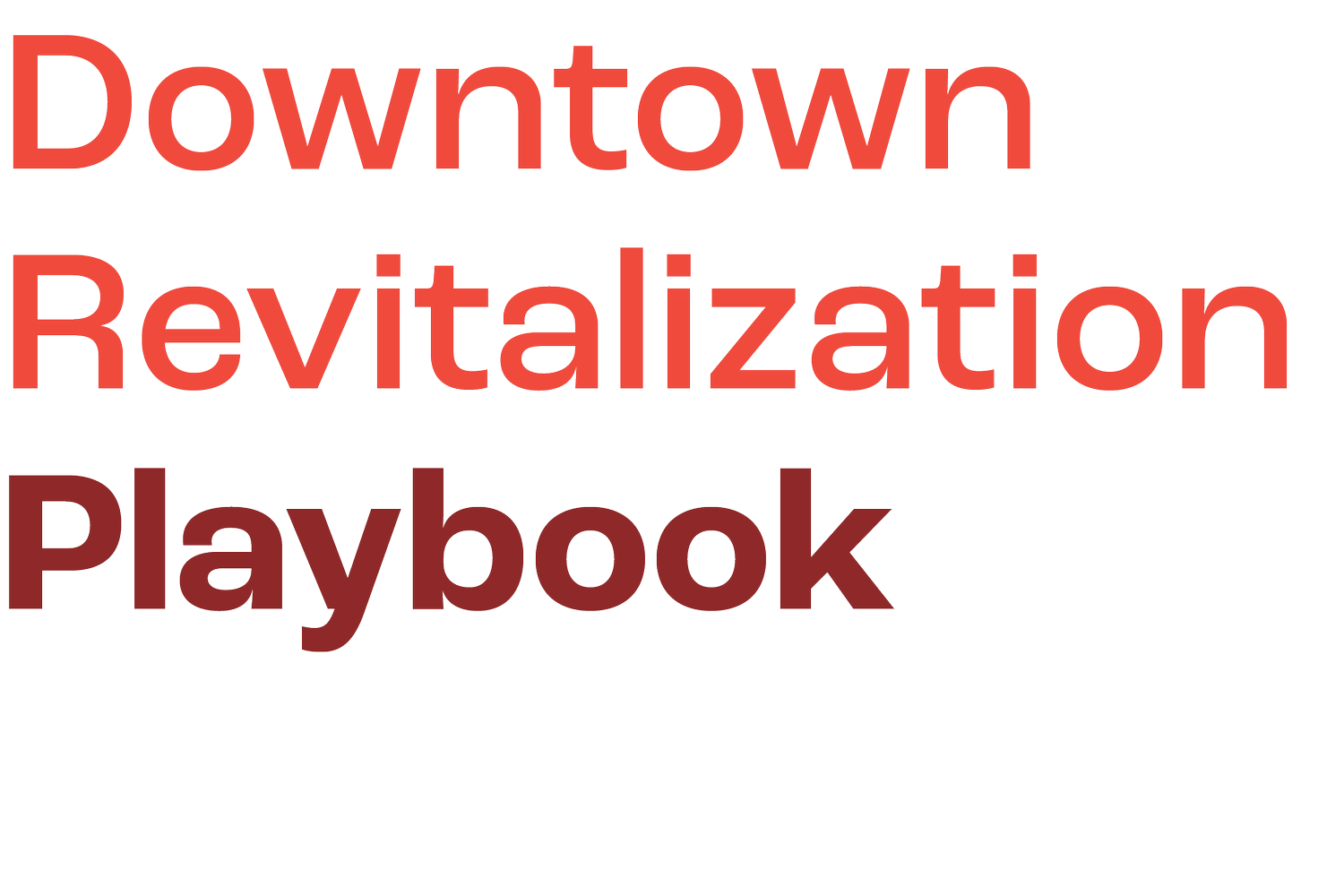
Capital Stack:
Credit Enhancement
These can help a business or nonprofit gain the final debt or equity financing they need to complete a project. This is one of the most impactful types of concessionary capital a foundation can offer, because the greatest challenge for many businesses and nonprofits is not usually the interest rate. The bigger barrier is actually getting a loan in the first place. A credit enhancement helps the business or nonprofit gain the final investment they need. Here are some examples of Credit Enhancements:
Loan Guarantee: Much like having a co-signer, if someone defaults and cannot pay back their loan, then the foundation will step in to repay the remainder. A Credit Enhancement reduces the risk for both the foundation offering the credit enhancement and the debt or equity investor, because they share the burden of risk and the workload of due diligence. For instance, the debt or equity investor will use their expertise and resources to investigate the project to ensure it is a good bet. That means the foundation does not have to designate resources to perform that function. Then the foundation takes on the risk of failure so the debt or equity investor can take on projects that are above their level of risk tolerance. Credit Enhancements are especially important strategies in Appalachia. Since investments in Appalachia have typically revolved around the coal industry for the past century, investments in new industries are needed to help the region transition to a diversified economy. Because these innovative solutions are often unprecedented in the region, they typically come with a greater risk than most investors are willing to accept. By offering a loan guarantee, foundations can view this as a type of impact investing. While they may sometimes lose money if a payee defaults on their loan, offering a Credit Enhancement for an innovative downtown project can help test new solutions to transform Appalachian communities.
Loan Loss Reserve: This is often a reserve fund set up by a foundation so that while other capital is being loaned out, this reserve capital is only used to pay investors or replenish the loan fund if one of the loans defaults. This can be a great tool for foundations to encourage private investments related to their mission. Providing a Loan Loss Reserve can help banks and other investors give loans to riskier projects they would not normally fund. This leverages larger investments for more projects aligned with their mission than the foundation could afford to make on their own.
Tax Credits: Tax credits do not create income; they reduce the tax burden. This means a project needs to have an investor involved who has a great deal of income and has a tax burden so large that they are seeking to reduce it. This can be complicated, yet very lucrative if the right partners are brought to the table. Some tax credits are so complicated, it is highly recommended to add an expert to your team to help navigate the process of applying for and managing it. If a for-profit business qualifies for the tax credit, then they can use it over time to reduce their own tax burden each year. If a nonprofit or government agency is benefiting from the tax credit, then they will need to attract an investor to buy the tax credits, usually at a discount of approximately 10%. Sometimes, a bank, foundation, or technical assistance provider can help connect nonprofits with potential investors to buy the tax credits.
Historic Tax Credits: The U.S. Department of Interior describes these as encouraging “private sector investment in the rehabilitation and re-use of historic buildings.“ They are a type of indirect government subsidy to encourage organizations or individuals to renovate historic properties. There are Federal Historic Tax Credits, and some may be offered by individual state departments. They typically range from 20%-45% of the cost of a historic property renovation. Especially when federal and state credits are combined, these can become a lucrative investment strategy. Banks are great partners for tax credits because they can serve as intermediaries to help organizations gain the most from selling their tax credits, while also helping the bank. For instance, in Pulaski, VA, two of the buildings qualified for historic tax credits. First Bank & Trust purchased the tax credits to be counted as part of their Community Reinvestment Act obligations.
New Market Tax Credits (NMTC): The U.S. Department of the Treasury describes these as incentivizing “community development and economic growth through the use of tax credits that attract private investment to distressed communities.” Grafton provides a great example. People, Inc. provided technical assistance to help them navigate the process of qualifying for a $2.9M NMTC. This will be a strong incentive encouraging private investors to come onboard.
Low-Income Housing Tax Credits (LIHTC): LISC describes LIHTC as stimulating “investment in affordable housing in underserved urban and rural communities and in higher cost suburban communities across the nation. It provides low-income families with a safe and decent place to live and, by lessening their rent burdens, frees up additional income that can be spent on other necessities or put into savings for education or homeownership.” Investors must ensure the housing remains affordable for 30 years; the tax credits are claimed over 10 years.

